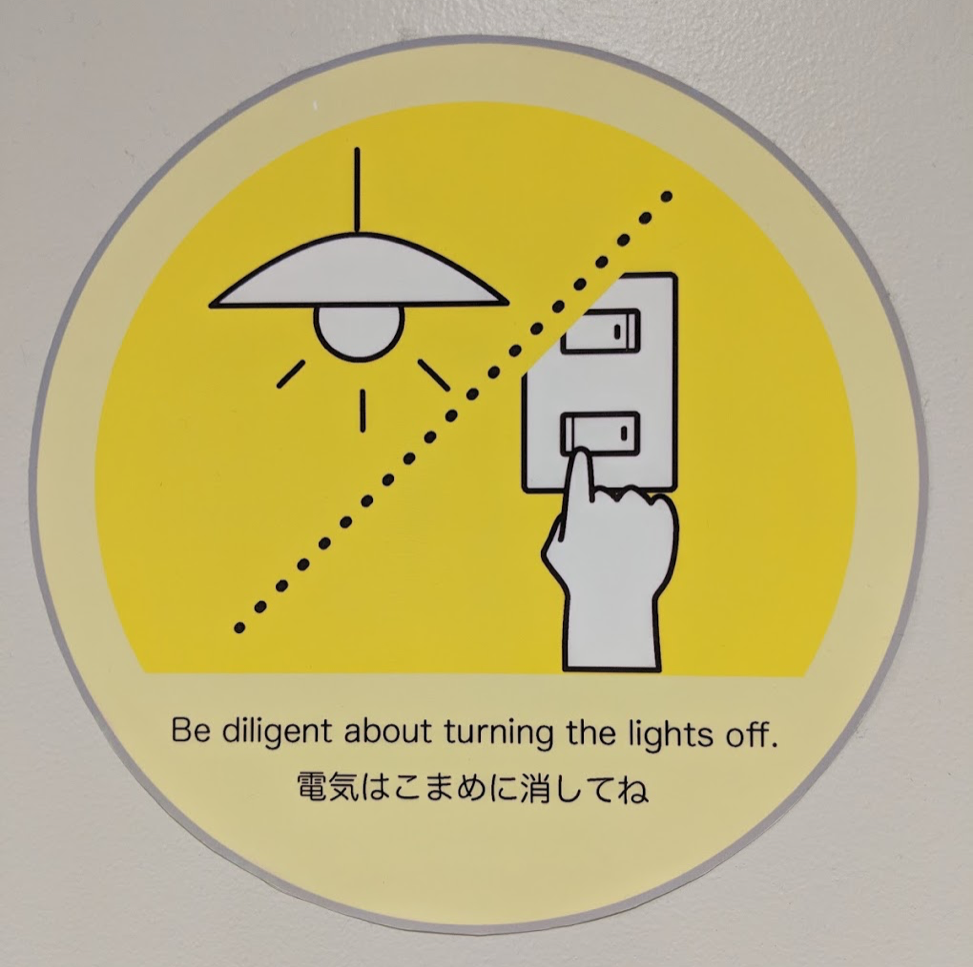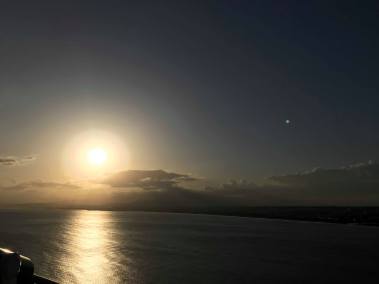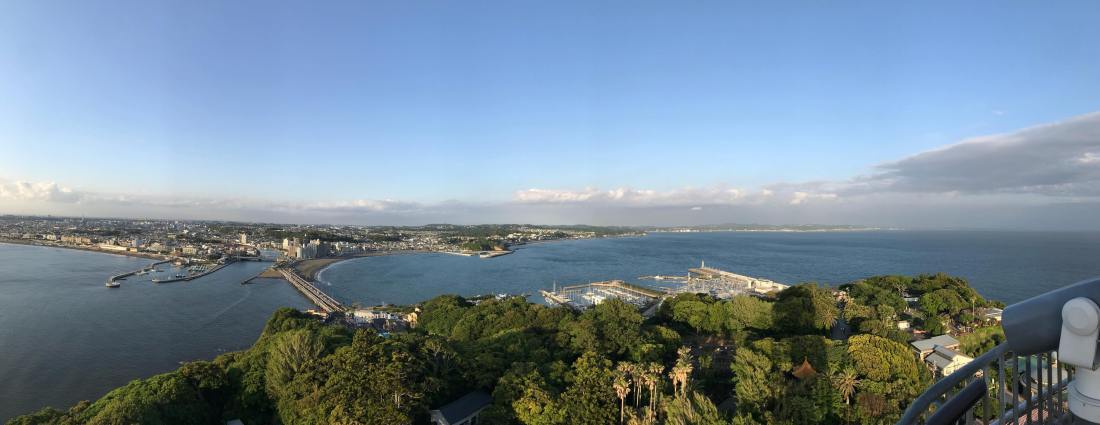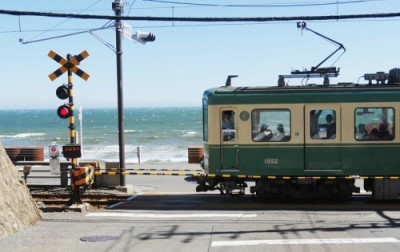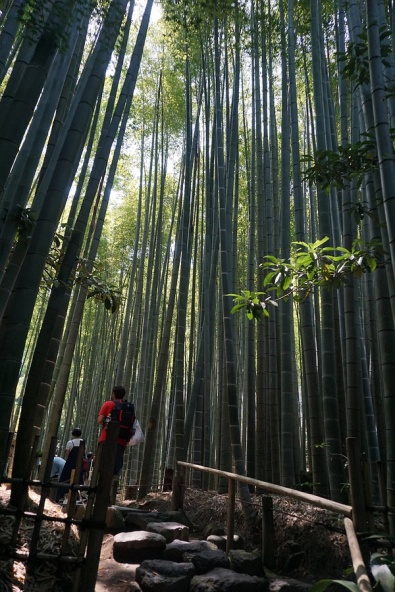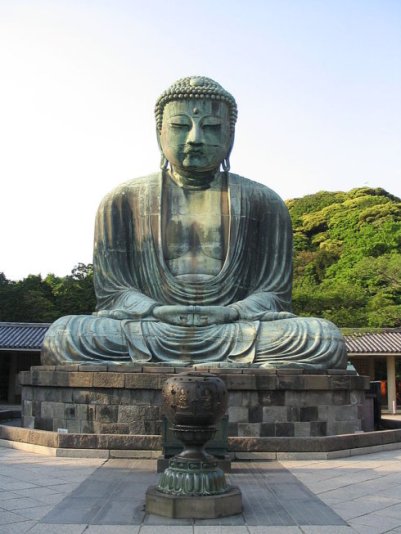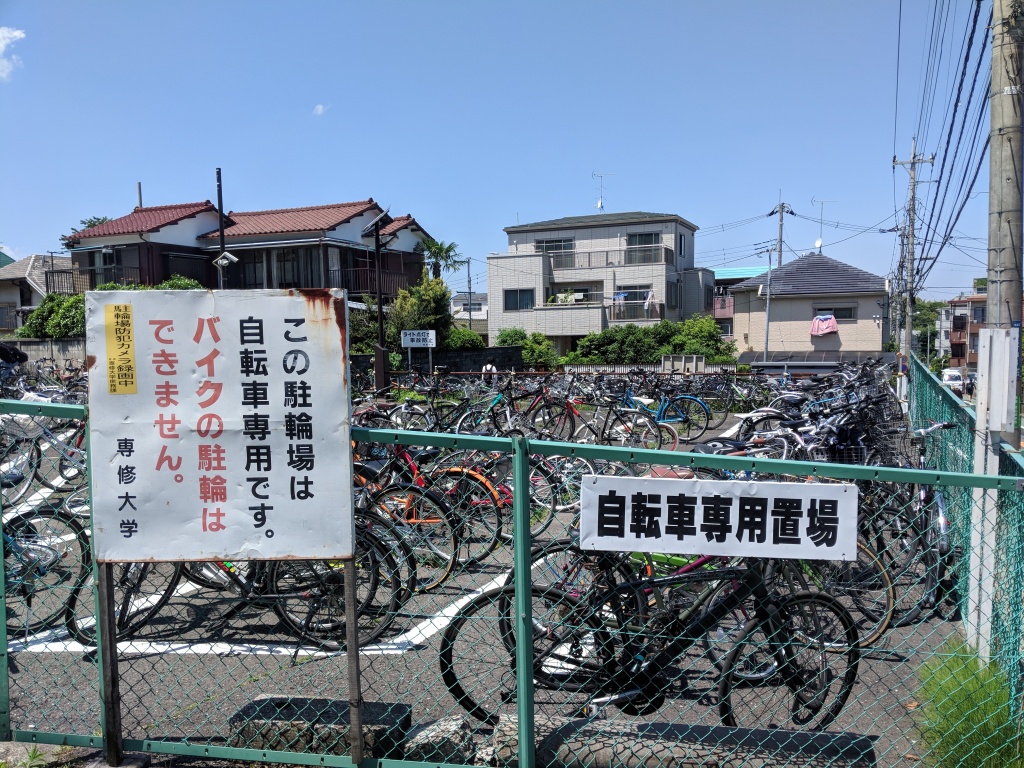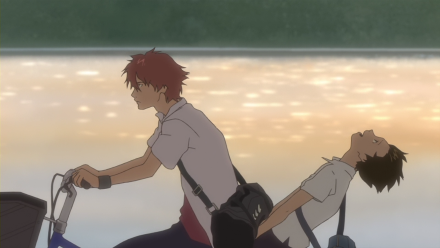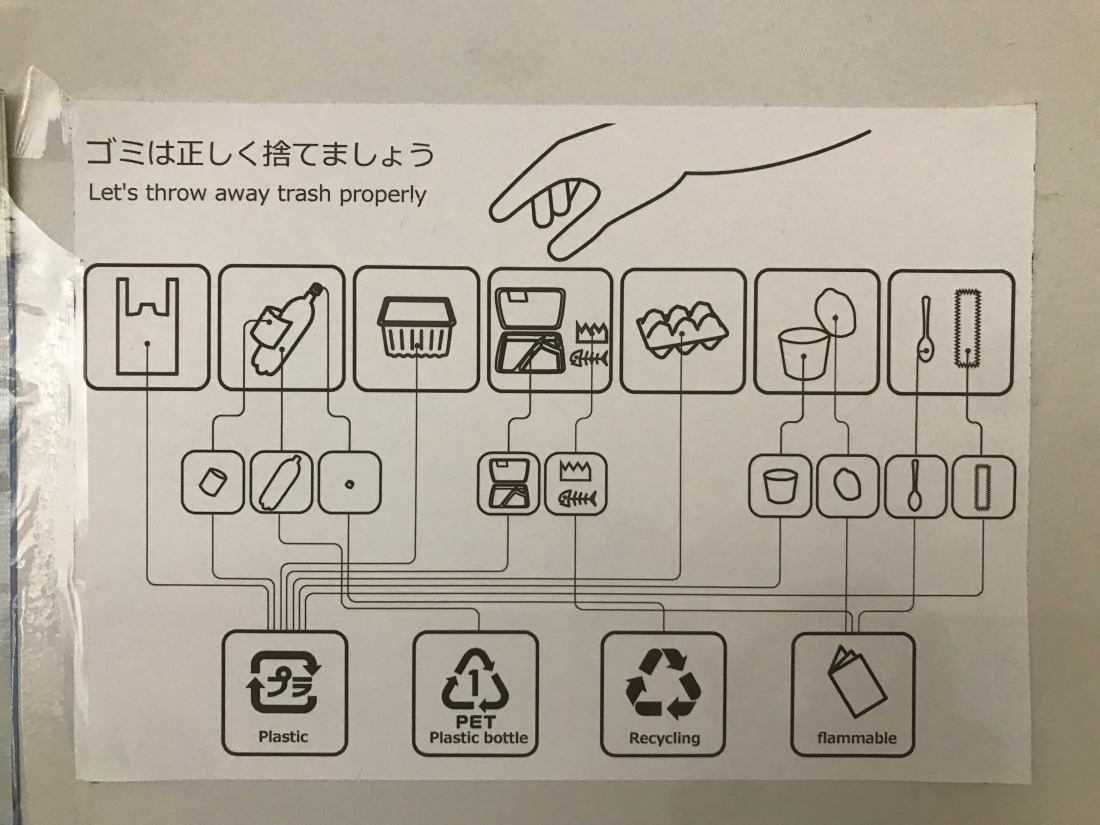Japan is an island country surrounded by seawater. Because the country is covered with rich rivers and lakes, it is rich in water resources. In addition, there are many mountains in Japan, tons of green resources, and countless rivers and ground water throughout the country. Water resources and green resources are very closely related to the quality of water in Japan.
Japan has a special “Waterway Law”, which includes 51 water quality standards, 27 water quality management objectives and 30-40 water quality testing regulations. There are over 200 actual testing items, and the detection frequency varies from daily to every year and the report will be regularly posted on the website. Japan’s tap water quality have a more stringent standard than mineral water. Tap water must meet the 51 standards stipulated in the Waterway Act, and the mineral water is subject to the Food Sanitation Law where only 18 standards are applied. Japan value drinking water safety because of the painful lessons that they have experienced on water pollution in 1956, Japan. During this period of rapid industrial growth, the industrial wastewater without treatment, caused a flooding incident that shocked the world. In Japan, polluting drinking water is one of the crime types stipulated in the criminal law.
Frequent earthquakes are a major challenge for the Japanese water supply system. For this reason, in recent years, the renewal of the water supply pipeline in Japan has made earthquake resistance a major goal, requiring the tap water pipeline to still be able to supply water normally within a certain scale of earthquake. As of 2014, 36% of Japan’s water pipelines are earthquake-resistant.
In order to promote tap water treated with ultra-high-purity water purification technology, the Tokyo Metropolitan Bureau of Water Supplies start bottling water and is sold at a slightly lower price than ordinary mineral water, attempting to change the impression that tap water does not taste good.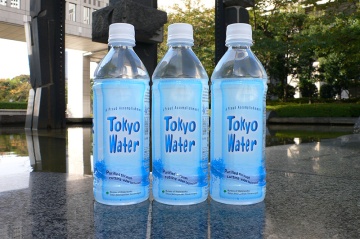
Comparing with Calgary, Japan’s stringent water regulation policies are matched by Calgary’s equally stringent policies. Firstly, Calgary draws its water source from two major river supplies, being an inland city distant from oceanic sources. These locations include the Elbow River Watershed, and Bow River Watershed. These are fed into the Bearspaw Water Treatment Plant and Glenmore Water Treatment Plant, which run year-round, producing 950 megaliters (that’s 950 million liters of treated water) for the 1+ million residents in the city of Calgary.
The plants in Calgary go through several processes, including: clarification, disinfection, filtration, and distribution to the residents in Calgary. In addition to these extensive processes, the Laboratory for the city of Calgary’s water treatment plants also runs 365 days a year, 7 days a week. Water quality tests are conducted upwards of 150,000 times per year. Major concerns for water quality include: dirt, sediment, and organic substances. These occur naturally in Calgary’s watershed reservoirs, as they are sourced by rainstorms and snow melts (again, Calgary in an inland city, thus river sources are its major supply of water). Regulation of water clarification and treatment in Calgary either meets or exceeds federal health Canada guidelines and provincial standards set by Alberta. These include: microbiological, chemical, radiological, aesthetic, and operational guidelines.
However, this is not to say Calgary has not faced its’ own challenges with water supply for residents. A fairly recent issue was Calgary’s decision to remove fluoride from its public water supply. This was in effort to direct costs and funds towards elderly and children’s health, despite fluoride being considered preventative for teeth decay. However, while this decision was considered by many to not be a positive, it was (and is) implemented in effort of directing resources more effectively to those (ie: elderly, poor, and young children) needing additional financial support for medical purposes.
Thus, in conclusion, Calgary and Japan share their stringent regulation of water quality for their residents. While Calgary doesn’t face the same frequency (or at least recency) of major earthquakes, it does however have occasional administrative challenges, such as when Calgary’s fluoride supply was removed from public water. Water is a precious, essential environmental resource, which both Canada and Japan strive to provide their residents, in accordance to the demand and difficulties of their respective locations and health quality regulations.
 (Bow River)
(Bow River)
References:
- City of Calgary. (2018). Water treatment online tour: creating high-quality drinking water for over one million Calgarians. Retrieved from http://www.calgary.ca/UEP/Water/Pages/Water-and-wastewater-systems/Water-treatment/Water-treatment-tour/Water-treatment-tour.aspx
- CBC News. (2011, Feb). Calgary removing fluoride from water supply. Retrieved from http://www.cbc.ca/news/canada/calgary/calgary-removing-fluoride-from-water-supply-1.1022279
- Government of Canada. (2016, Aug). Canadian Drinking Water Guidelines. Retrieved from https://www.canada.ca/en/health-canada/services/environmental-workplace-health/water-quality/drinking-water/canadian-drinking-water-guidelines.html
- Government of Canada. (2018, Feb). Get prepared: regional hazards (Alberta). Retrieved from https://www.getprepared.gc.ca/cnt/hzd/rgnl/ab-en.aspx
- Miki, M. (2016, Oct). Drinking form the tap: Tokyo’s high-quality water supply. Retried from https://www.nippon.com/en/views/b06301/?pnum=2






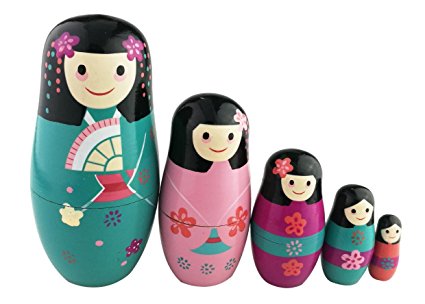


 (Bow River)
(Bow River)